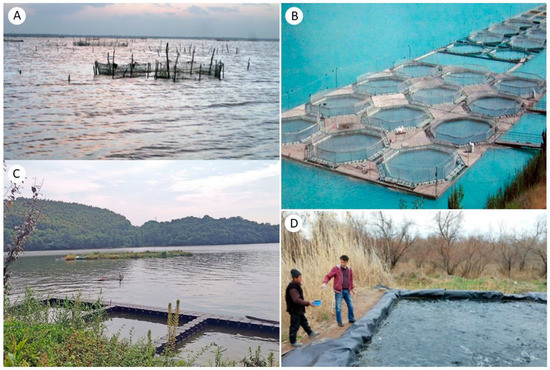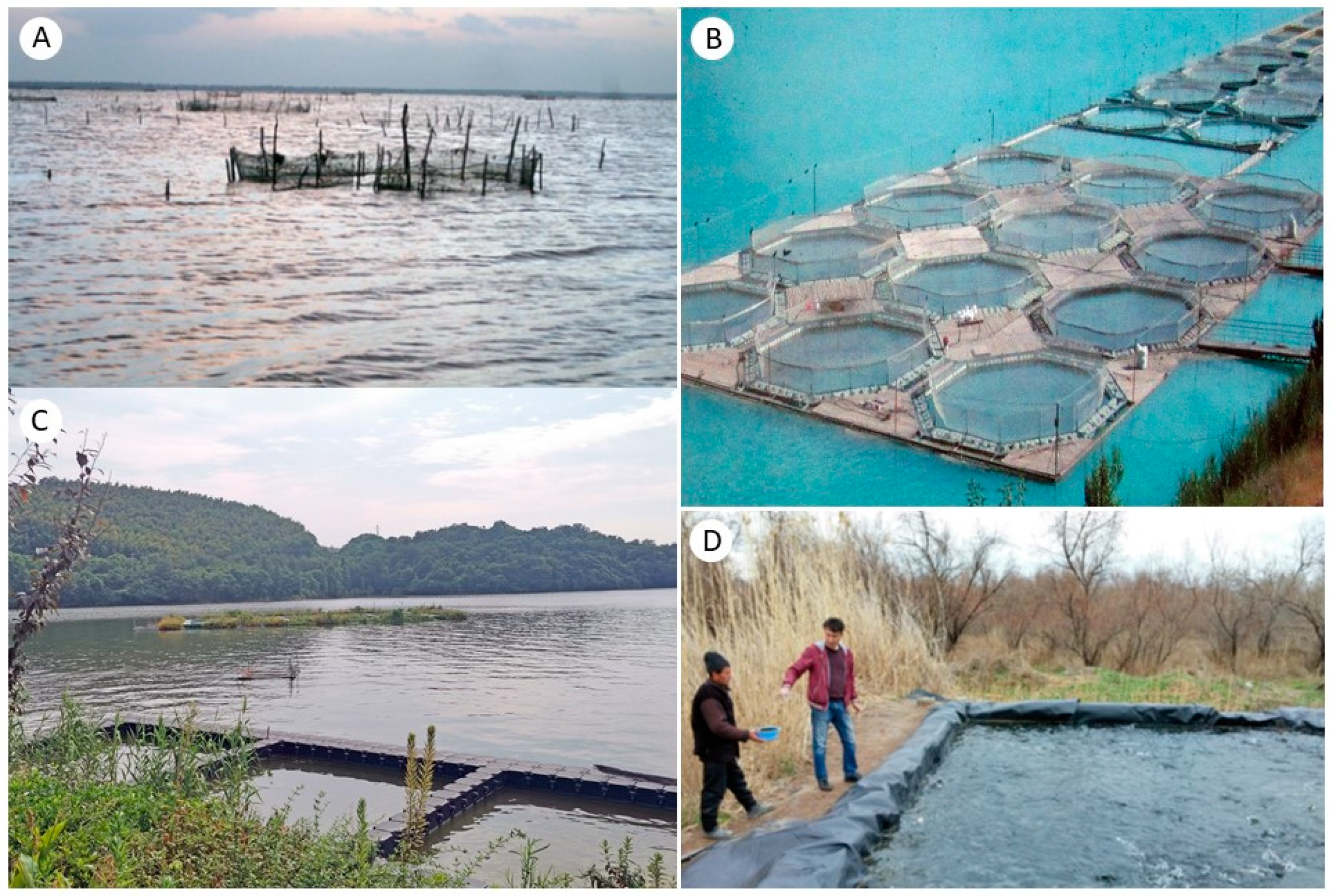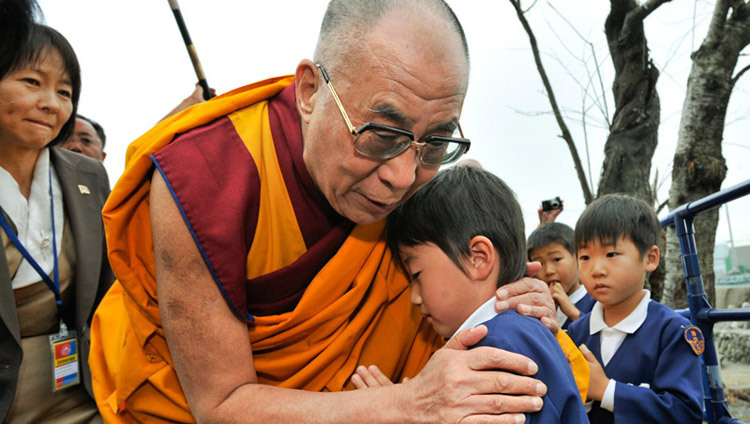Exploring the Farakka Conundrum
The Farakka Conundrum, related to the Farakka Barrage Project in India, is a topic that explores the implications and challenges caused by the construction of the Farakka Barrage, which diverts Ganges water and sediment. This diversion has had negative impacts on agriculture, navigation, irrigation, and the environment.
The Farakka agreement and dispute have also led to conflicts and cooperation between India and Bangladesh. Additionally, the consequences of the Farakka Barrage have resulted in migration and floods in southwestern Bangladesh. This article delves into the history, impact, and possible solutions to the Farakka Conundrum, examining the technical and geopolitical aspects surrounding the project.
Ultimately, the aim is to understand and address the complexities and implications of the Farakka Barrage Project.

Credit: www.scribd.com
Location Of The Farakka Barrage
The Farakka Barrage is a crucial structure located across the Ganges River in the Murshidabad district of West Bengal, India. Situated about 18 kilometers from the border with Bangladesh, the barrage serves as a pivotal point for controlling the water flow from the Ganges into Bangladesh during the dry season. Its strategic location has made it the center of various geopolitical and environmental debates since its construction.
History And Significance
The construction of the Farakka Barrage was initiated in 1961 with the primary objective of diverting adequate water from the Ganges into the Bhagirathi-Hooghly distributary to prevent siltation and ensure smooth navigation in the Kolkata Port. The barrage holds immense historical significance as it was built to address the issues related to the decreasing flow of the Ganges and the aggradation of the riverbed.
Geopolitical Impact
The geopolitical impact of the Farakka Barrage has been profound, especially in the context of India-Bangladesh relations. The diversion of water flow has resulted in disputes between the two countries, with Bangladesh expressing concerns about the reduced water supply during the dry season. This geopolitical conundrum continues to shape the relationship between the nations and has sparked significant environmental and migration repercussions in the region.

Credit: www.mdpi.com
Components Of The Farakka Barrage Project
The components of the Farakka Barrage Project include the location, timeline, technical details, and geopolitical issues. Engineers and hydropolitics play a significant role, exploring the project’s complexities and impacts on the Ganges water flow. The project’s construction and operation raise questions about hegemony and the effects on neighboring regions.
The Farakka Barrage Project, located on the Ganges River in India, is an engineering marvel that plays a crucial role in water control and management. The project consists of various components that work together to regulate the flow of water and offer a range of benefits to the surrounding areas.Design And Structure
One of the significant aspects of the Farakka Barrage Project is its design and structure. The barrage is a concrete structure that spans across the river, comprising of 111 gates that can be opened or closed to control the water flow. The gates are divided into two sections, the upper gates, and the lower gates, allowing for independent regulation of water flow in different sections of the river. The design of the Farakka Barrage also includes a navigation lock, which enables the passage of boats and vessels through the barrage. This feature promotes inland navigation, aiding in transportation and boosting economic activities in the region.Role In Water Control
The Farakka Barrage Project plays a pivotal role in water control, offering a range of benefits for the surrounding areas. Through the regulation of water flow, the barrage helps in preventing floods during the monsoon season. By controlling the release of water downstream, the project mitigates the risk of inundation in densely populated regions along the river. Additionally, the Farakka Barrage Project is instrumental in maintaining the navigability of the river. By managing the water flow and sediment deposition, it ensures that the river remains accessible for boats and vessels, promoting trade and transportation. The project also plays a crucial role in water supply and irrigation. By diverting water into the feeder canals, it provides a reliable supply of water for agricultural purposes, benefiting farmers in the region. This has a significant impact on the agricultural productivity and livelihoods of the local communities. In conclusion, the Farakka Barrage Project consists of various components, including its design and structure, which enable effective water control and management. Its role in regulating water flow, preventing floods, promoting navigation, and supplying water for irrigation makes it an essential infrastructure that contributes to the development of the region and improves the lives of the people residing there.Timeline Of The Farakka Barrage
The timeline of the Farakka Barrage is integral to understanding the complex Farakka Conundrum, exploring its impact and implications. It delves into the history, impact, and solutions related to the Farakka Barrage, shedding light on its socio-economic and geopolitical effects in the region.
Construction Phase
The construction phase of the Farakka Barrage began in 1961 and lasted for a total of 14 years. During this period, the barrage was built across the Ganges River in the Indian state of West Bengal. It was a massive engineering project undertaken to divert water from the Ganges to the Hooghly River, with the aim of maintaining navigability in the Kolkata Port and preventing siltation. Construction involved the building of an earthen embankment, along with a system of gates and barrages. These gates were designed to regulate the flow of water and allow for the diversion of water towards the Hooghly River. The construction of the Farakka Barrage faced several challenges, including the difficult terrain and the need to ensure the project’s sustainability and environmental impact.Operational Period
The operational period of the Farakka Barrage began in 1975, upon the completion of its construction. Since then, it has been functioning as a crucial hydraulic structure for managing the flow of water in the Ganges River. The barrage plays a vital role in maintaining water levels in the upstream river and preventing flooding during the monsoon season. During the operational period, several issues have arisen regarding the Barrage’s impact on the downstream region, particularly in Bangladesh. The reduced flow of water in the Ganges due to the diversion towards the Hooghly River has led to concerns about water scarcity and the ecological consequences for the Sundarbans, a UNESCO World Heritage Site. Additionally, geopolitical tensions have arisen between India and Bangladesh due to disagreements over the water-sharing arrangements and the impact of the Farakka Barrage. These tensions highlight the complex nature of managing transboundary water resources and the need for comprehensive agreements to address the concerns of all stakeholders. In conclusion, the timeline of the Farakka Barrage reflects the challenges and complexities associated with large-scale hydraulic projects. The construction and operational phases have shaped the dynamics of water management and transboundary cooperation in the region, while also raising important environmental and geopolitical concerns.
Credit: www.mdpi.com
Technical Details Of The Project
The technical details of the project, Exploring the Farakka Conundrum, include the location of the Farakka Barrage, the components of the project, the timeline, and the cartographic evidences. These details delve into the technical aspects of the project and shed light on its complexity and significance.
Hydrological Implications
The Farakka Barrage Project, located on the Ganges River in India, has significant hydrological implications. The purpose of the project is to divert water from the Ganges to the Bhagirathi-Hooghly river, which flows through Kolkata. This diversion has caused changes in the natural flow of water in the Ganges, leading to a range of hydrological consequences.
- The reduced water flow in the Ganges has negatively impacted river ecosystems downstream, affecting aquatic life and biodiversity.
- The altered flow also affects sediment transport, leading to increased sedimentation and erosion in some areas.
- Water scarcity becomes an issue during dry seasons as the diverted water affects the overall availability and distribution of water resources.
- The project has also disrupted the natural flooding patterns, impacting agricultural practices and livelihoods of communities living along the riverbanks.
The hydrological implications of the Farakka Barrage Project highlight the need to carefully manage water resources to ensure the sustainable development and ecological health of the affected areas.
Environmental Impact
The Farakka Barrage Project has had significant environmental consequences. As water is diverted from the Ganges to the Bhagirathi-Hooghly river, the altered flow has led to various environmental impacts.
- The reduced water flow in the Ganges affects the riverine ecosystem, leading to changes in water quality and the health of aquatic flora and fauna.
- The alteration of natural flooding patterns disrupts the wetland habitats and the unique biodiversity they support.
- Increased sedimentation and erosion in certain areas can harm the riverbanks, impacting land stability and affecting human settlements.
- The decreased water flow also affects the availability of freshwater for agricultural and domestic purposes, leading to water scarcity in some regions.
It is imperative to consider and mitigate the environmental impact of the Farakka Barrage Project to maintain the ecological balance and preserve the natural resources of the Ganges River and its surroundings.
Exploring The Consequences
Explore the consequences of the Farakka Conundrum, where the Farakka Barrage has had devastating effects on southwestern Bangladesh, resulting in migration into Assam and West Bengal. This study delves into the conflict and cooperation surrounding the Farakka Barrage, offering potential solutions for this ongoing issue.
Impact On Bangladesh
The consequences of the Farakka Barrage for southwestern Bangladesh have been devastating. The Barrage, constructed by India in 1975, diverts water from the Ganges River for irrigation and other purposes. This diversion has caused a significant reduction in the flow of water reaching Bangladesh, particularly during the dry season. As a result, the region has witnessed severe water scarcity, leading to adverse impacts on agriculture, fisheries, and overall livelihoods. The reduced water flow has made it challenging for farmers to cultivate their lands, forcing many to abandon their fields or resort to alternative crops that require less water. The fishing industry has also suffered greatly, as the decreased water flow has disrupted fish migration patterns and hindered breeding. Many fishermen have been left without a source of income, further exacerbating the already dire economic situation in the region. Furthermore, the reduced water flow has resulted in increased salinity levels in the soil, making it even more challenging to grow crops. This has led to decreased agricultural productivity and food insecurity in the affected areas.Alternatives And Solutions
Finding alternative solutions to mitigate the consequences of the Farakka Barrage is crucial for the well-being of the affected communities in Bangladesh. Here are some possible alternatives and solutions: 1. Renegotiation of the Farakka Agreement: Diplomatic efforts should be made to renegotiate the agreement between India and Bangladesh regarding the water flow from the Ganges River. This could involve establishing a more equitable distribution of water between the two countries, considering the needs and interests of both. 2. Development of Water Management Infrastructure: Investing in the development of water management infrastructure, such as dams, reservoirs, and canals, can help address the water scarcity issue in Bangladesh. These structures can capture and store water during the monsoon season and release it gradually during the dry season, ensuring a more consistent water supply for agriculture and other purposes. 3. Promotion of Water Conservation Practices: Encouraging water conservation practices among farmers and the general population can play a significant role in managing water resources more sustainably. This can include employing efficient irrigation techniques, implementing rainwater harvesting systems, and raising awareness about the importance of water conservation. 4. Diversification of Livelihoods: Supporting and promoting alternative livelihood options for communities heavily dependent on agriculture and fishing can help mitigate the adverse impacts of the Farakka Barrage. This could involve providing training and resources for alternative income-generating activities such as small-scale industries, tourism, and eco-friendly enterprises. Implementing these alternative solutions requires collaboration, both at the national and international levels. It is essential to address the Farakka Conundrum comprehensively, taking into account the social, economic, and environmental implications for affected communities in Bangladesh. Only through collective efforts can we work towards finding sustainable solutions and mitigating the consequences of this ongoing issue.Conclusion
To explore the Farakka Conundrum is to delve into the complex issues surrounding the Farakka Barrage Project. This project has had significant impacts on water flow, agriculture, navigation, and the lives of those residing in the region. As we have seen, the consequences of the Farakka Barrage have been both devastating and thought-provoking.
It is clear that more research and solutions are needed to address the challenges posed by this project. By examining the Farakka Conundrum from different perspectives, we can gain a deeper understanding of its implications and work towards sustainable solutions.






